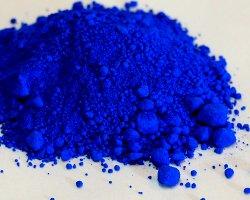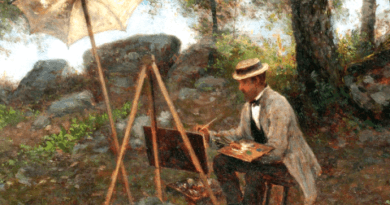WATER WASHING ARTIST OILS
It is easy to take for granted the oils we use in painting. Most of us probably assume that linseed, safflower and walnut oils are simply what you get when you press the seeds and nuts of plants. We are unaware that our oils are highly refined using petroleum-based solvents, alkaline chemicals, and bleaches. The refining process removes much of the mucilage and plant sediment from the oils, but it also removes important fatty acids that help the oil to dry, help with pigment wetting, and help with the flow of the oil in painting.
Throughout most of history, artists have known that oils must be cleansed in order to reduce yellowing, decrease drying time, and promote flow. One of the earliest methods of cleansing was to mix calcined bone powder with the oil and then cook the mixture. Salt, pumice, lead, and ethanol were also tried at various points in time. By the 16th century, the term “Purified Oil” was common among artists, referring to the cleansed oil. In the end, water turned out to be the single most essential and important ingredient in the process. This is because the mucilage in linseed oil is water soluble!
As an experiment, you can take cold pressed (not refined) linseed-flax oil, mix it with water and shake it, then let it set for 24 hours, and it will slowly separate into layers like salad dressing. If you freeze it, the ice will contain the mucilage, and the oil will be cleaner. You can then repeat this process several times to get the oil extra clean. If you put the cleansed oil in trays to expose it to the air and sun, it will dry faster and have improved brushing characteristics.
You can also let The Art Treehouse do the work for you. Our water washed oil is available HERE.




